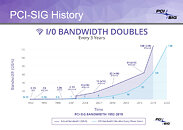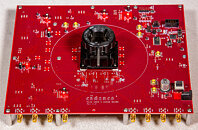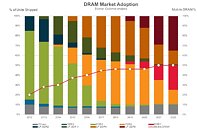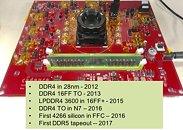
Cadence Digital and Custom/Analog Flows Certified for Latest Intel 18A Process Technology
Cadence's digital and custom/analog flows are certified on the Intel 18A process technology. Cadence design IP supports this node from Intel Foundry, and the corresponding process design kits (PDKs) are delivered to accelerate the development of a wide variety of low-power consumer, high-performance computing (HPC), AI and mobile computing designs. Customers can now begin using the production-ready Cadence design flows and design IP to achieve design goals and speed up time to market.
"Intel Foundry is very excited to expand our partnership with Cadence to enable key markets for the leading-edge Intel 18A process technology," said Rahul Goyal, Vice President and General Manager, Product and Design Ecosystem, Intel Foundry. "We will leverage Cadence's world-class portfolio of IP, AI design technologies, and advanced packaging solutions to enable high-volume, high-performance, and power-efficient SoCs in Intel Foundry's most advanced process technology. Cadence is an indispensable partner supporting our IDM2.0 strategy and the Intel Foundry ecosystem."
"Intel Foundry is very excited to expand our partnership with Cadence to enable key markets for the leading-edge Intel 18A process technology," said Rahul Goyal, Vice President and General Manager, Product and Design Ecosystem, Intel Foundry. "We will leverage Cadence's world-class portfolio of IP, AI design technologies, and advanced packaging solutions to enable high-volume, high-performance, and power-efficient SoCs in Intel Foundry's most advanced process technology. Cadence is an indispensable partner supporting our IDM2.0 strategy and the Intel Foundry ecosystem."

























